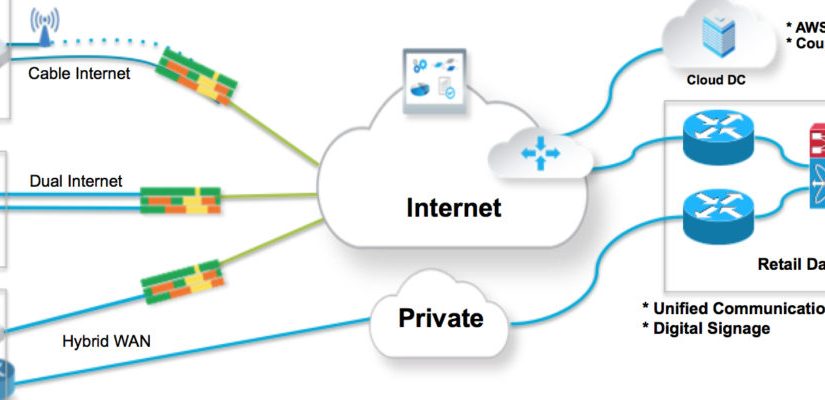Data backup is tough, and successful recovery is even more challenging. IT infrastructures are becoming more fragmented, with data residing on-premises, on endpoints, in clouds, and in SaaS apps. Organizations aim to achieve specified SLAs around recovery time goal (RTO) and recovery point objective (RPO) as defined by business, industry, and regulatory needs in today’s always-on environment. RTOs are becoming increasingly small, with targets defined in hours, if not minutes. With rising expectations for recovery, organizations must evaluate existing solutions to identify the best match to satisfy their company’s specific needs. In this article, we will look at why you should consider veeam backup DRaaS for business continuity.
Less management and upkeep
DRaaS grew in popularity, where tiny IT teams lacked experience, funding, time, or a mix of the three. This is due to the fact that DRaaS is inexpensive, simple to install, and administer. Many service providers do the heavy lifting, from installation and deployment through service failover and recovery, as well as aiding with failback to your core data center when it is ready.

Depending on the scale of recovery required, veeam backup DRaaS providers may implement the solution in a matter of hours or days, which is substantially faster than putting up a secondary disaster recovery site, which can take weeks or even months.
Cost-effective and adaptable
The key benefits of a Disaster Recovery as a Service approach are its low cost and flexibility. DRaaS provides a significantly more cost-effective option to operating a private disaster recovery site and employing additional IT employees for emergencies for enterprises. If disasters do not occur, the secondary infrastructure and personnel may never be used.
Businesses that use DRaaS don’t have to worry about owning resources or managing disaster recovery because service providers handle both. Companies using DRaaS simply pay for the services they utilise, which drastically reduces expenses.


